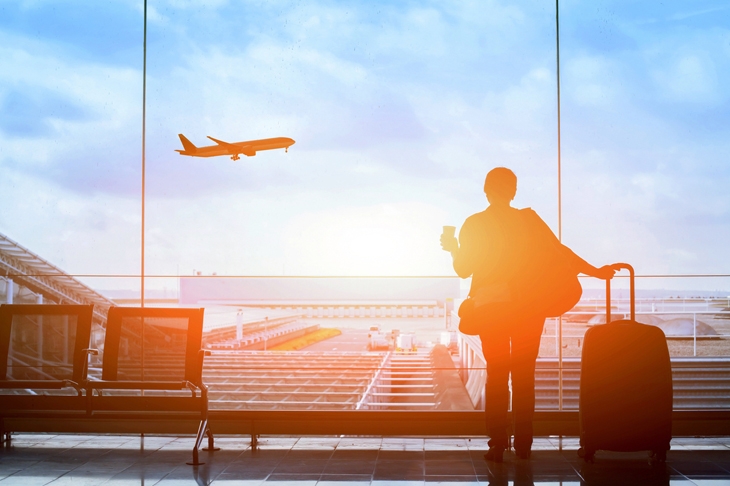Olga Tokarczuk examines questions of travel in our increasingly interconnected and fast-moving world. The award-winning Polish writer channels her wanderlust into reflections upon the places she visits, sometimes in a handful of lines, sometimes in longer chapters, telling other people’s and her own stories. Her prose, however, is anything but conventional travel writing, and she is the first to point out the danger she would be in otherwise: ‘Describing something is like using it — it destroys.’
Trained as a psychologist, Tokarczuk is interested in what connects the human soul and body. It is a leitmotif that, despite the apparent lack of a single plot, tightly weaves the text’s different strands — of fiction, memoir and essay — into a whole. Some chapters are more akin to traditional travel notes: sketches of airport encounters, fellow travellers’ ‘confessions of whole lifetimes’, and other things people often jot down when on a journey.
There are also beautiful set pieces, occasionally split into recurring threads. In one, a man is looking for his wife and young son who have disappeared without a trace. Another is about a seaman who happens upon a book that serves as a ‘course in literature and whaling and psychology and travel’. Soon he begins to speak in a newly discovered manner: ‘Flukes! Man, what makes thee want to go a-whaling, eh?’ Jennifer Croft’s confident translation leaves no doubt as to what book he has been reading.
Flights features a number of historical figures, among them Philip Verheyen, a 17th-century Flemish anatomist, who ‘attempted to prove that since the body and soul are in essence one and the same, there must be between them some sort of proportionality designed by the Creator’. Having lost a leg in his youth, he feels phantom pains (a term he invents but hesitates to use, suspecting himself to be delusional) for the rest of his life. The surgeon who amputated the limb preserved it, and Verheyen later wrote letters to it, quoted here as studies in human wholeness and pain.
Tokarczuk’s — or, rather, her narrator’s — own experience is recounted in the subtlest of terms, in contrast to the kind of personal writing that resembles a stream of selfies. In one chapter her narrator buys sanitary pads with trivia printed on the packaging, such as ‘The strongest muscle in the body is the tongue’. She can see the point: ‘Paper was created to be the bearer of ideas.’ She prefers to be anonymous when travelling and avoids contact with her fellow countrymen; a casual chat with a Brit who feels the same confirms her suspicion that she is not alone in her bias.
A world that’s constantly on the move requires one to redraw boundaries. Airports, Tokarczuk argues, have now stopped being mere transport hubs and become our regular habitat. In one vignette she describes her own home as a pleasant hotel where she doesn’t mind staying for a bit longer. ‘What does “we were there” really even mean?’ is the main theme of the book, and whatever the answer, to make it a valid question you have to address it both to your body and your soul.






Comments